Tips & Techniques
UPLIGHTING
Uplighting
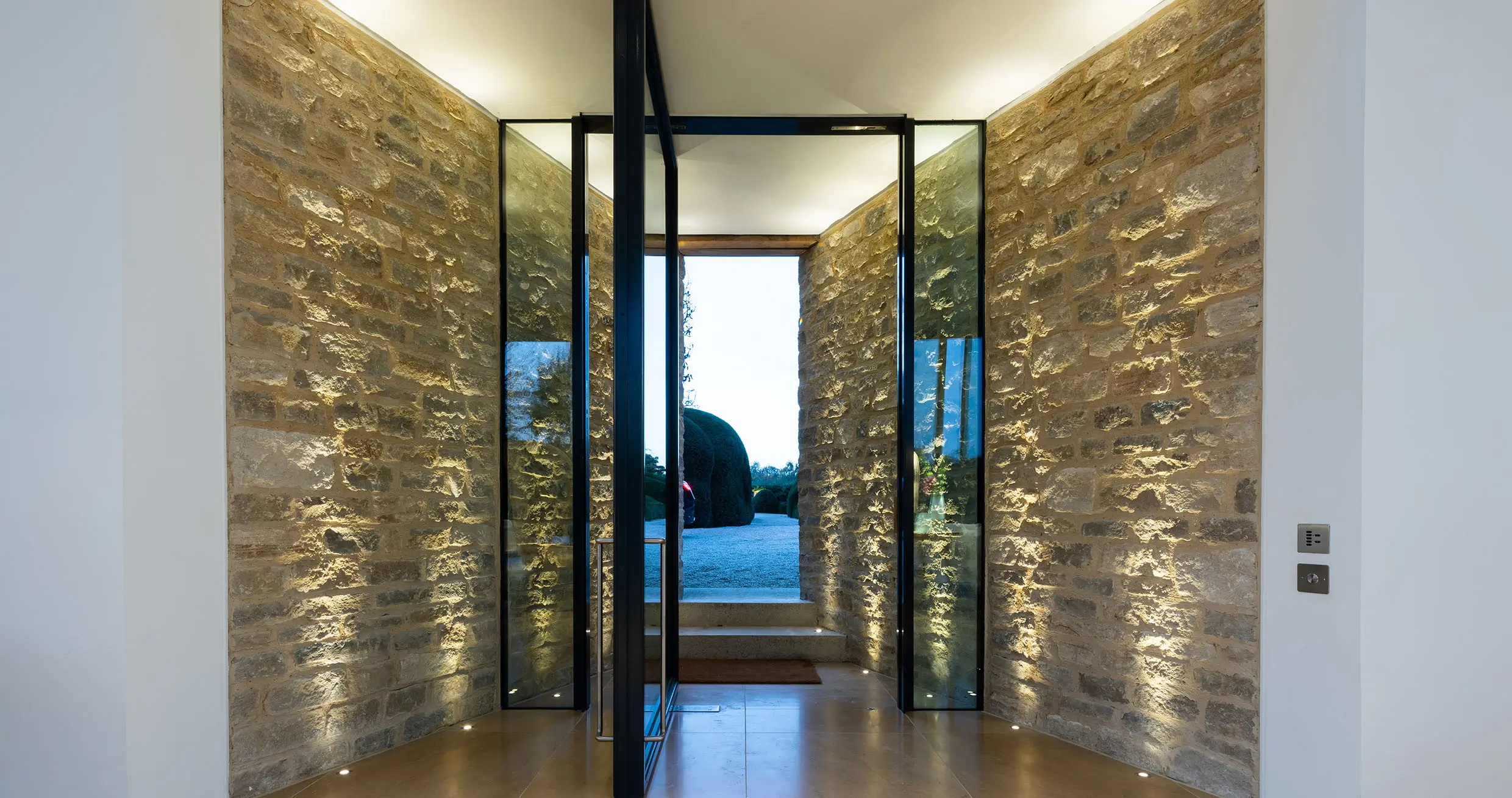
Uplighting is ideal for adding an additional layer of architectural lighting and interest in a room as well as highlighting key features.
Uplighting is a great tool for maximising architectural details such as arches, door frames or curved walls by adding narrow beams of uplight.
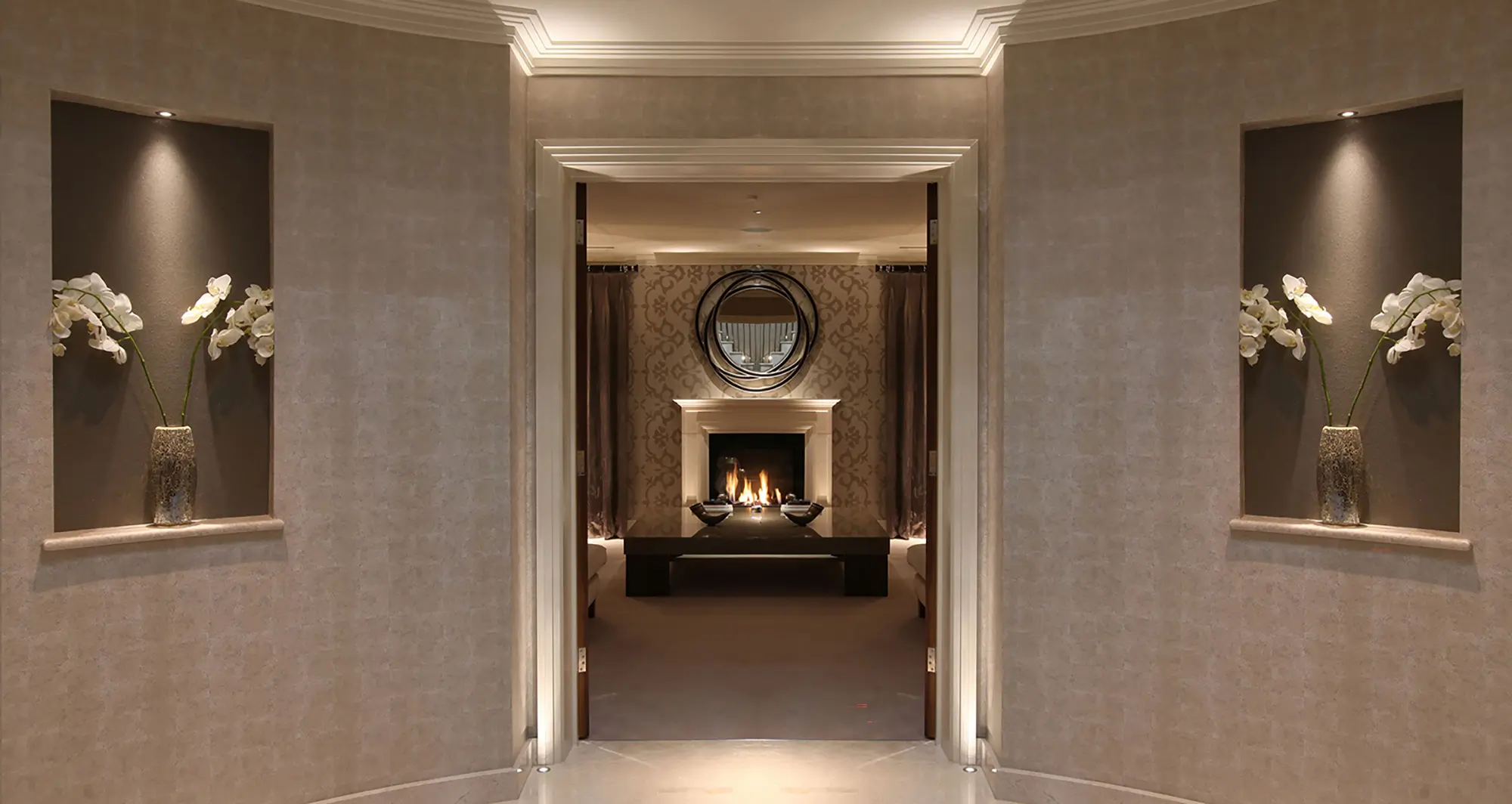
Think of lighting up window reveals or shutter boxes to add extra impact – ideal in both contemporary and traditional applications.
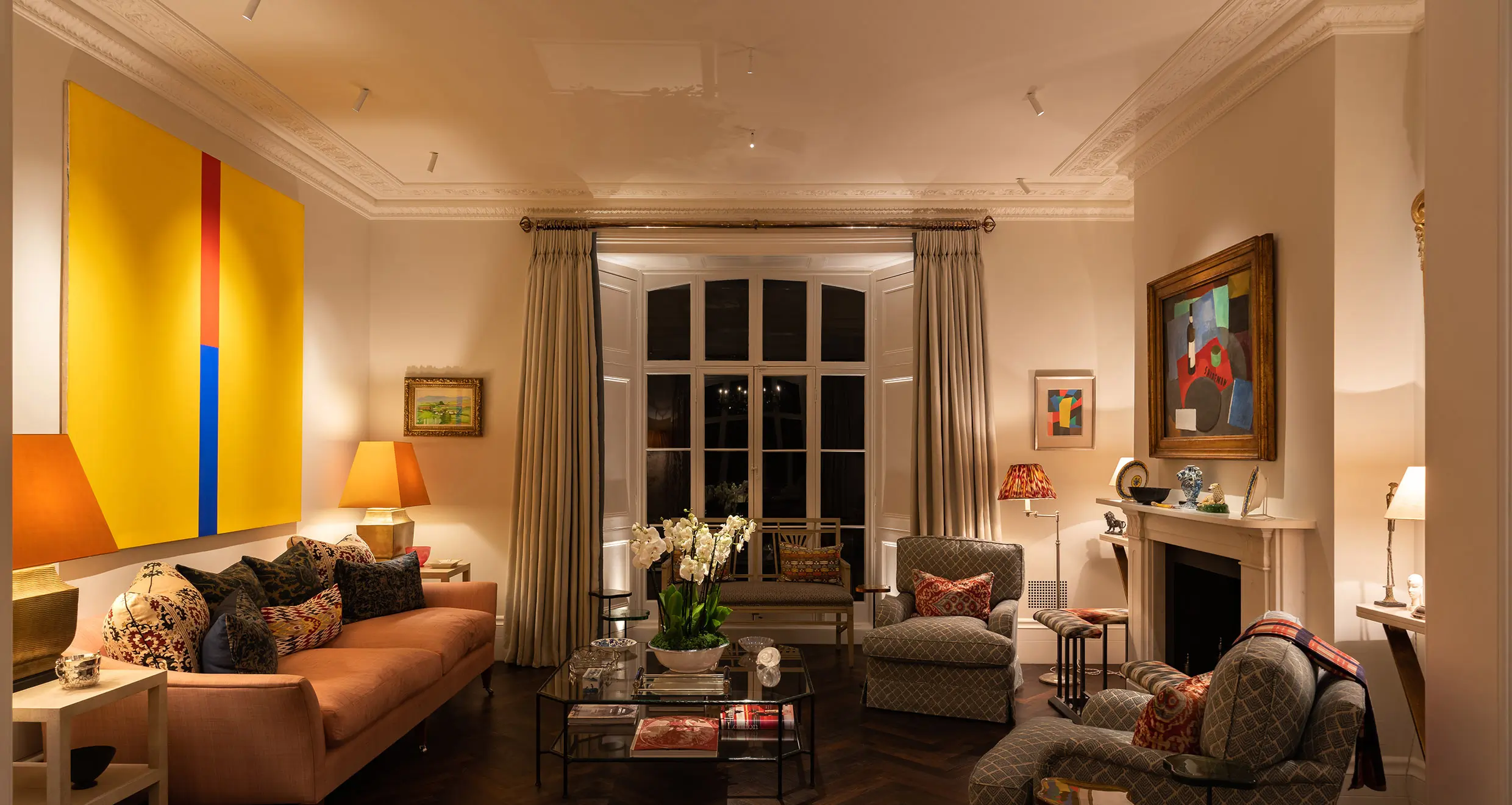
Fire surrounds also look fabulous when uplight as the light catches on the detailing drawing attention to the surround even when the fire is not lit.
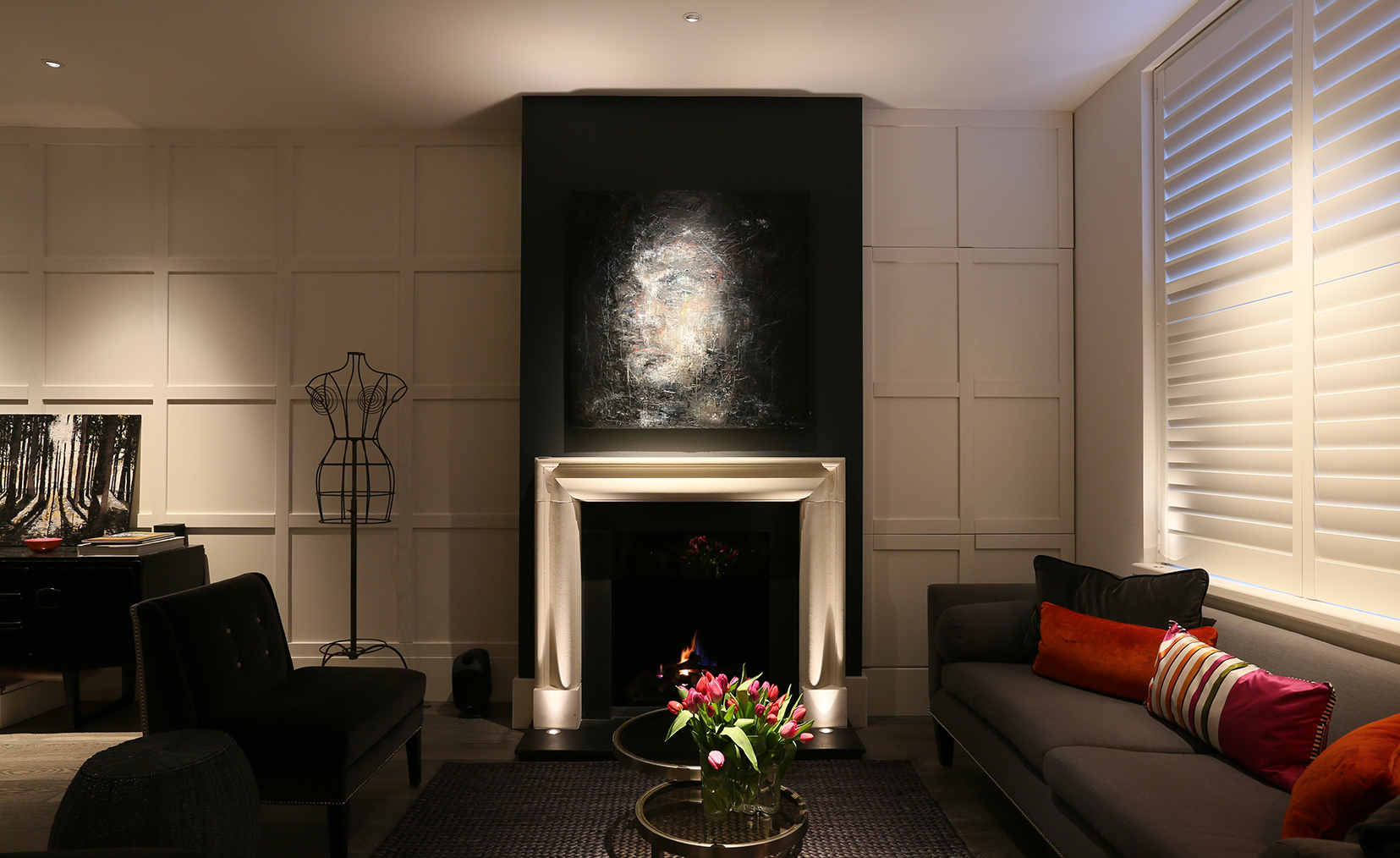
Texture looks wonderful when uplit. This can be achieved with the Contour Edge for a wall grazing even effect without glare, or with Lucca uplights for a more stripey effect which is equally effective.
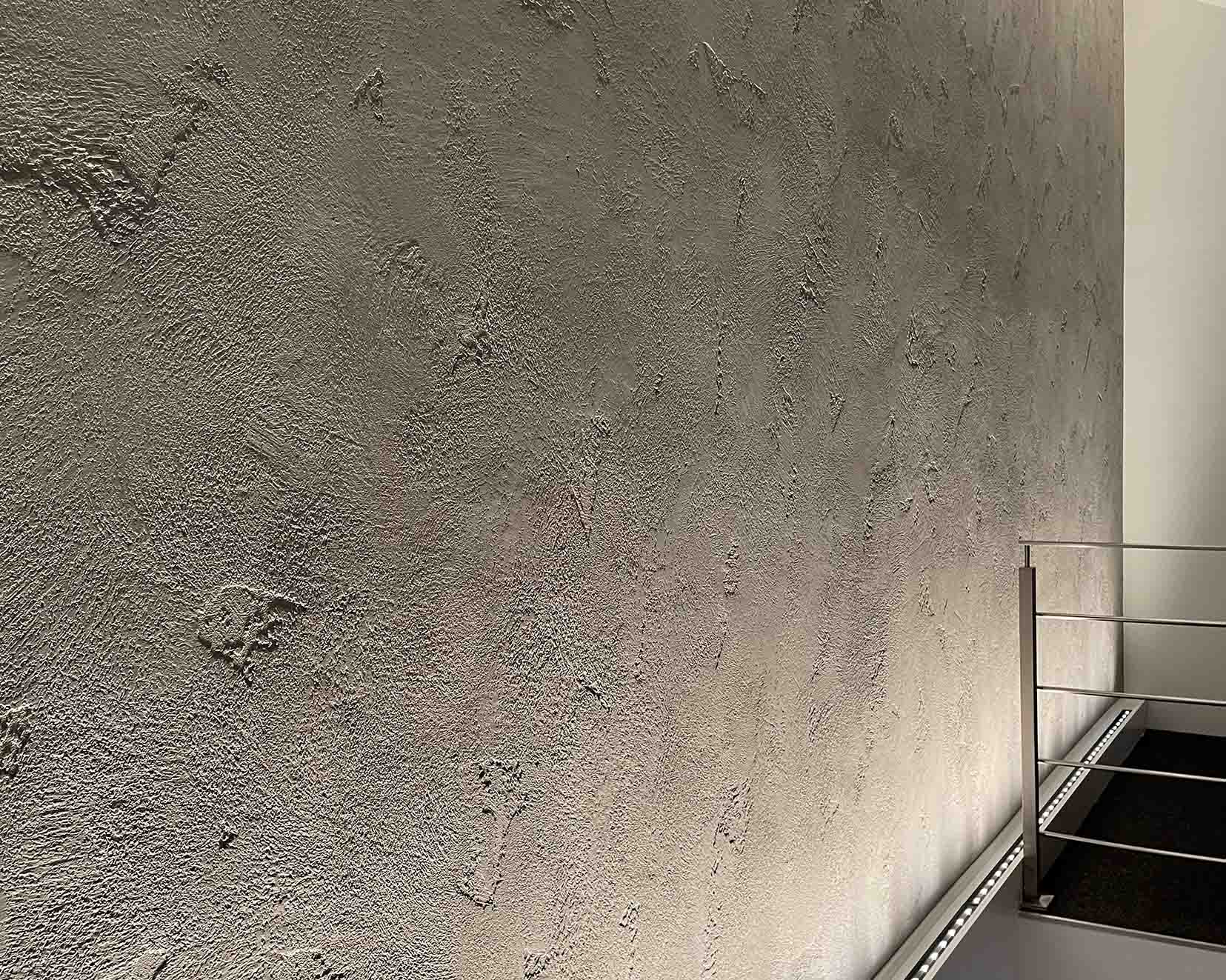
For best effect, set the uplight as close as possible to the vertical face. This will ensure that the surface is lit rather than lighting into space.
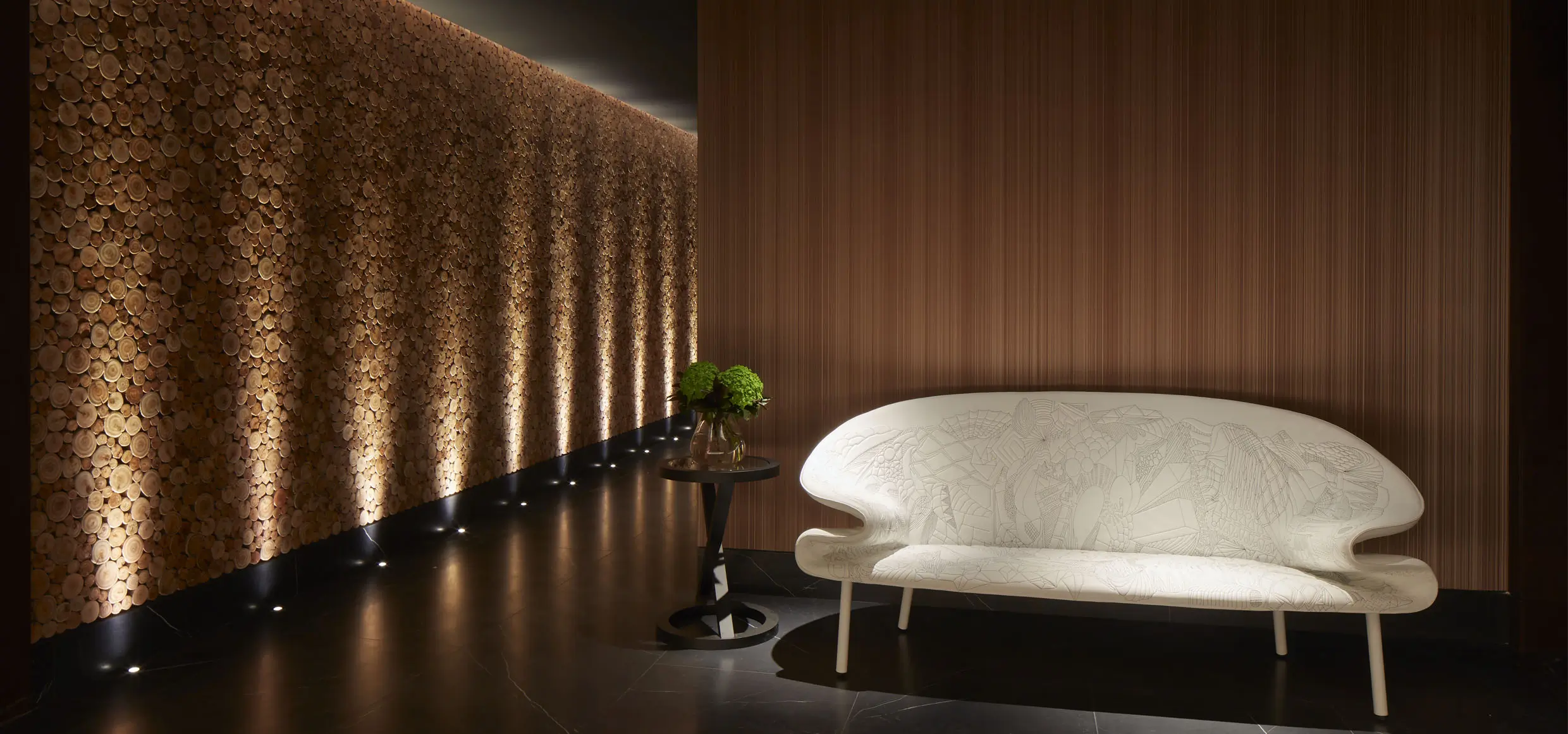
Miniature Lucca 30 uplights are a very discreet option and useful in most applications. Lucca 40 and 60 are larger options where different sizes are required for use both inside and out.
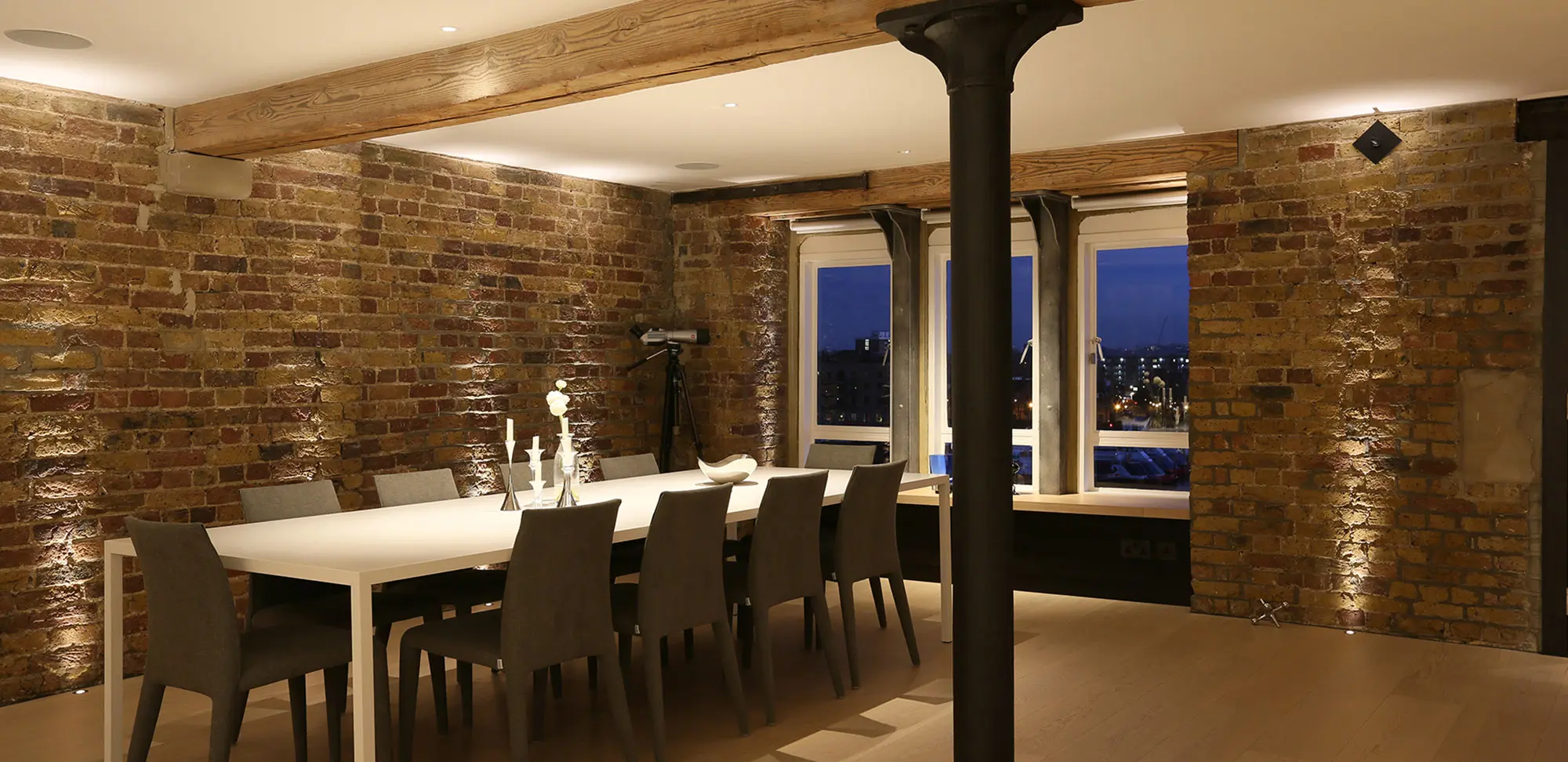
An error has occurred, please try again later.An error has occurred, please try again later.
This website uses cookies so that we can provide you with the best user experience possible. Cookie information is stored in your browser and performs functions such as recognising you when you return to our website and helping our team to understand which sections of the website you find most interesting and useful.
Strictly Necessary Cookie should be enabled at all times so that we can save your preferences for cookie settings.
If you disable this cookie, we will not be able to save your preferences. This means that every time you visit this website you will need to enable or disable cookies again.







